Lift maintenance contract and maintenance records… do you have them?
Question
Check that lift maintenance contract and maintenance records are in place with recommendations receiving attention. Insurance inspections also to be available with urgent actions receiving attention.
Reason for This Question
There must be a contract in place for lift maintenance with records available and up to date.
Possible Answers
Red: No contract in place, contract expired, or contract in place but no records available. Urgent required actions not receiving attention
Amber: Contract in place but records out of date
Green: Contract in place and records up to date
Common Issues
- More eqipiment than inspection/servicing certificates.
- No records available.
- Issues addressed but no actions taken to resolved.
Fail Rate
33% of businesses failed this question based on our sample data.
How to Stay Compliant
Ensure contracts, record and insurance inspections are in place, and records available.
Information
What is classed as a lift or lifting equipment?
Lifts and lifting equipment can be broadly classed as any piece of machinery that is intended to raise or lower employees, equipment or articles between different heights. Clear examples of what is included might be a passenger lift, or a goods lift from a first floor stockroom to ground floor level. Pallet trucks have also been included in this section.
Keeping lift and lifting equipment in safe working order
- It is very important that all lifting lift and lifting equipment in maintained in a safe condition.
- If a lift and lifting equipment fails this is usually as a complete failure rather than slowly over time.
- If the lift / and lifting equipment is loaded at the time of failure this could result in very serious injury, e.g. by a load falling onto someone below.
- Our insurance inspection plan requires all lift and lifting equipment that will carry / hold employees to be inspected regularly in accordance with local insurance or legislative requirements.
- These inspections are carried out by a competent insurance contractor and written reports of the inspections should be held in the health and safety records file.
- In addition, one, five and ten year safety inspections are completed by a lift maintenance contractor and written reports of the inspections should be held in the health and safety records file.
Lift and lifting equipment Specific Controls
Passenger lifts
- The maximum load of the lift should be indicated, as maximum number of passengers and maximum weight,
- Lifts must not be able to move between floors unless the doors to the lift are fully closed,
- The edges to the doors of the lift must be fitted with sensors so that they do not close if there is something in the way,
- When in the lift it must not be possible to open the doors of the lift compartment unless it is at with one of the floor levels,
- It must not be possible to open the doors onto the lift shaft unless the lift compartment is at that floor level,
- Lifts must be fitted with clearly understood controls, including some means of raising the alarm if the lift becomes stuck, e.g. alarm bell or telephone.
- Lifts must be fitted with signage indicating that it must not be used in the event of a fire.
Disabled lifts
- The area around the lift should be enclosed / guarded to prevent any risk of entrapment between the rising / falling platform and fixed sides or the platform and the floor,
- There should be some means of securing a wheelchair on the lift platform if there would otherwise be any possibility of the wheelchair coming off the lift.
Goods only lifts and Dumb Waiters / Mini Lifts
- Goods only lifts and dumb waiters / mini lifts must never be used to carry employees.
- If the lift is powered it must be fitted with an interlock guard that prevents the lift from moving if any of the doors into the lift shaft are open,
- Maximum loads should be indicated.
Mobile lifting platforms
- The lift must be set up on a secure, level base. Mobile lifts must not be used on uneven or sloping ground unless they have a means of being levelled.
- Team members using mobile lifts must be trained in safe use by the supplier. Training records for this must be kept.
- Team members in the lift must ensure that the area around / underneath the lift is clear if any loose tools / lift and lifting equipment is used.
Hand pallet trucks
- Only trained team members may use pallet trucks,
- Pallet trucks must not be taken into public areas during trading hours; where appropriate,
- Check the condition of the wheels regularly – ensure they are not snagged up with pallet wrap or string etc.
- Before use, carefully manoeuvre the truck underneath the pallet. Check the stock on the pallet is stacked safely and stable. Never try moving an unsafely loaded pallet of stock – remove the stock by hand on to another pallet or straight to the racking until the load is safe to move,
- When raising the pallet pump the handle downwards. When the pallet has been raised off the floor check the load again for stability before moving,
- Slowly move the pallet, by pulling the pallet truck handle using both hands whilst it is in the neutral position. If the load is too heavy, or you are unable to control the load call for assistance.
- When moving stock around the stockroom always ensure you have clear vision of your intended route and a clear pathway – if in doubt get others to assist,
- To stop the load from moving, pull the trigger on the handle towards you,
- When lowering the pallet pull the trigger on the handle upwards and the pallet will descend slowly. Ensure your feet and other team members in the vicinity are clear of the descending load,
- Never leave the pallet truck unattended so that they are a hazard to others. Always park them safely with the forks underneath a pallet,
- Never ride on a pallet truck.
Inspection reports
Written inspection reports for lifts and lifting equipment must be maintained in the health and safety records file. Records should normally be held for 5 years
Emergency Release of Persons Trapped in a Lift
Due to regular servicing and maintenance visits passenger lifts are unlikely to break down. We still need to know what to do if in the event that someone does get trapped in a lift. Trapped persons can become very distressed so swift action is required:
- Establish contact with the trapped persons at one of the lift doors nearest to where the car has stopped
- Call the lift service contractor. If you cannot obtain an engineer within one hour call the fire and rescue service to release the trapped person
- Ensure verbal contact is maintained until the persons are released
Important
Never open lift doors unless the lift car is level with the floor.
Team members must never attempt to wind the lift car down to a landing, or enter the lift shaft (If this is required wait for the lift engineer or in an emergency call the fire and rescue service).
Relevant Legislation, Guidance and/or Approved Codes
The Health and Safety at Work etc Act 1974
Management of Health and Safety at Work Regulations 1999
International standard for health and safety excellence ISO 45001
The Lifting Operations and Lifting Equipment Regulations (LOLER) 1998
The Provision and Use of Work Equipment Regulations (PUWER) 1998
The Manual Handling Operations Regulations 1992
Our Solutions
The Lifts and Lifting Equipment section in our health and safety manual will define responsibilities within your business, required risk assessments, forms and documented procedures. Health and safety manuals and risk assessments are available as part of our Health and Safety Management System packages.
This post is part of the “Focus on Health and Safety Audit Questions” series. A series which focuses on questions asked by our health and safety consultants when conducting a health and safety audit.

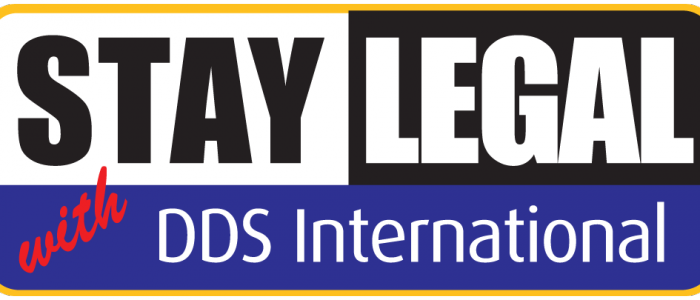
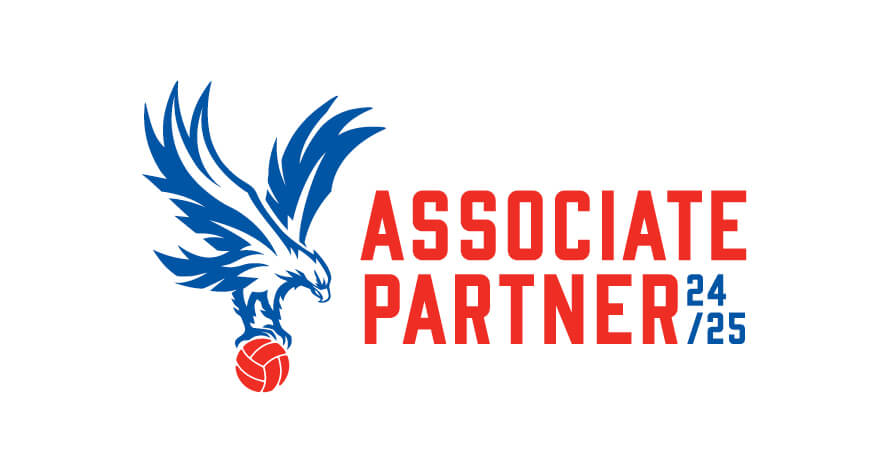



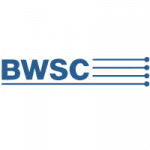


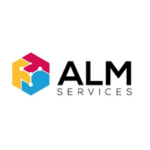
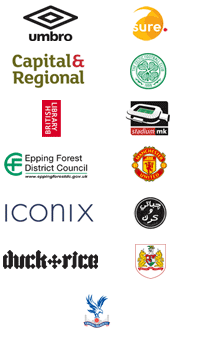
Comments are closed.